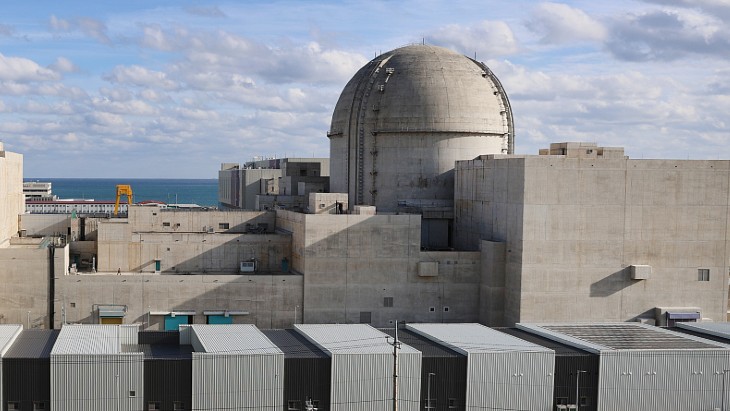An application towards a second reactor at Slovenia's Krsko nuclear power plant has submitted to the country's ministry of economy by GEN Energija.
.jpg) |
| Krsko (Image: NEK) |
In Slovenia, government permission must be obtained for any power facility with a generating capacity of more than 1 MWe before siting procedures can begin. In an application, the minister of economy must be provided with information on the type and size of the proposed plant, conditions for the supply of energy from the plant, as well as plans for its decommissioning at the end of its operating life. In its application, GEN Energija formally verified that the project to construct a second reactor at Krsko is in line with Slovenia's energy policy.
Plans call for a new reactor of up to 1600 MWe capacity to be built at Krsko. A parliamentary decision on the new unit is expected later this year. If approved, serious and detailed planning could begin with the aim of completing the unit between 2020 and 2025, at a cost estimated by GEN Energija of up to €5 billion ($7 billion).
A 696 MWe Westinghouse reactor is currently in operation at Krsko, which is jointly owned by Croatia. Construction started in 1975 and it was connected to the grid in 1981, entering commercial operation in 1983. Its operational life was designed to be 40 years, but a 20-year extension is being sought.
The plant’s operating company Nuklearna Elektrarna Krsko (NEK) is co-owned by GEN Energija, a subsidiary of state-owned Elektro-Slovenija (ELES), and the Croatian state-owned company Hrvatska Elektroprivreda (HEP). The Krsko plant currently provides more than one-quarter of Slovenia's and roughly one-fifth of Croatia's electricity.
The new unit at Krsko would be entirely owned by Slovenia. Croatia is considering building a new 1000 MWe nuclear plant of its own, in Eastern Slavonia, near the Serbian border.
Researched and written
by World Nuclear News




_72306.jpg)


_49562.jpg)





